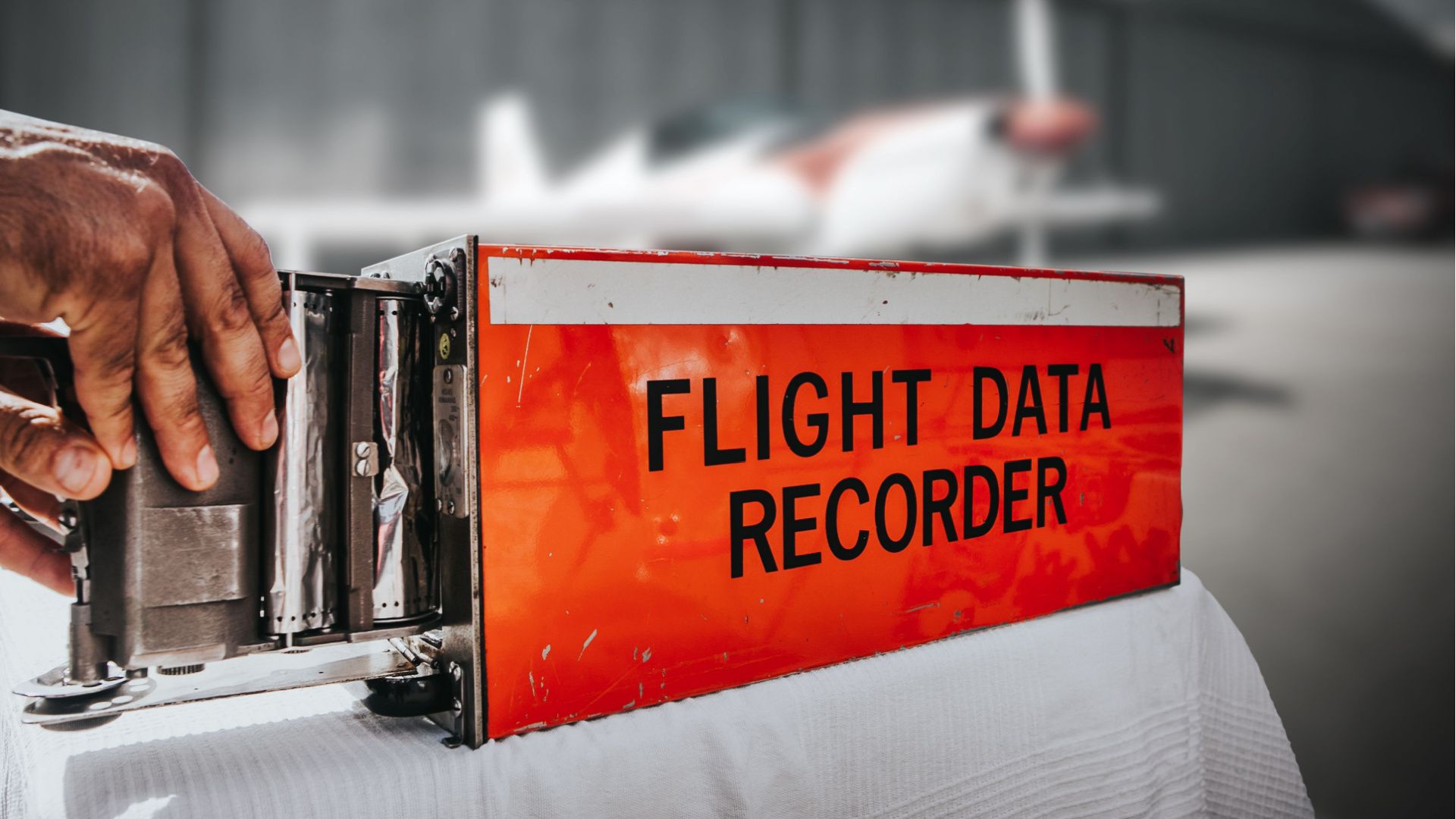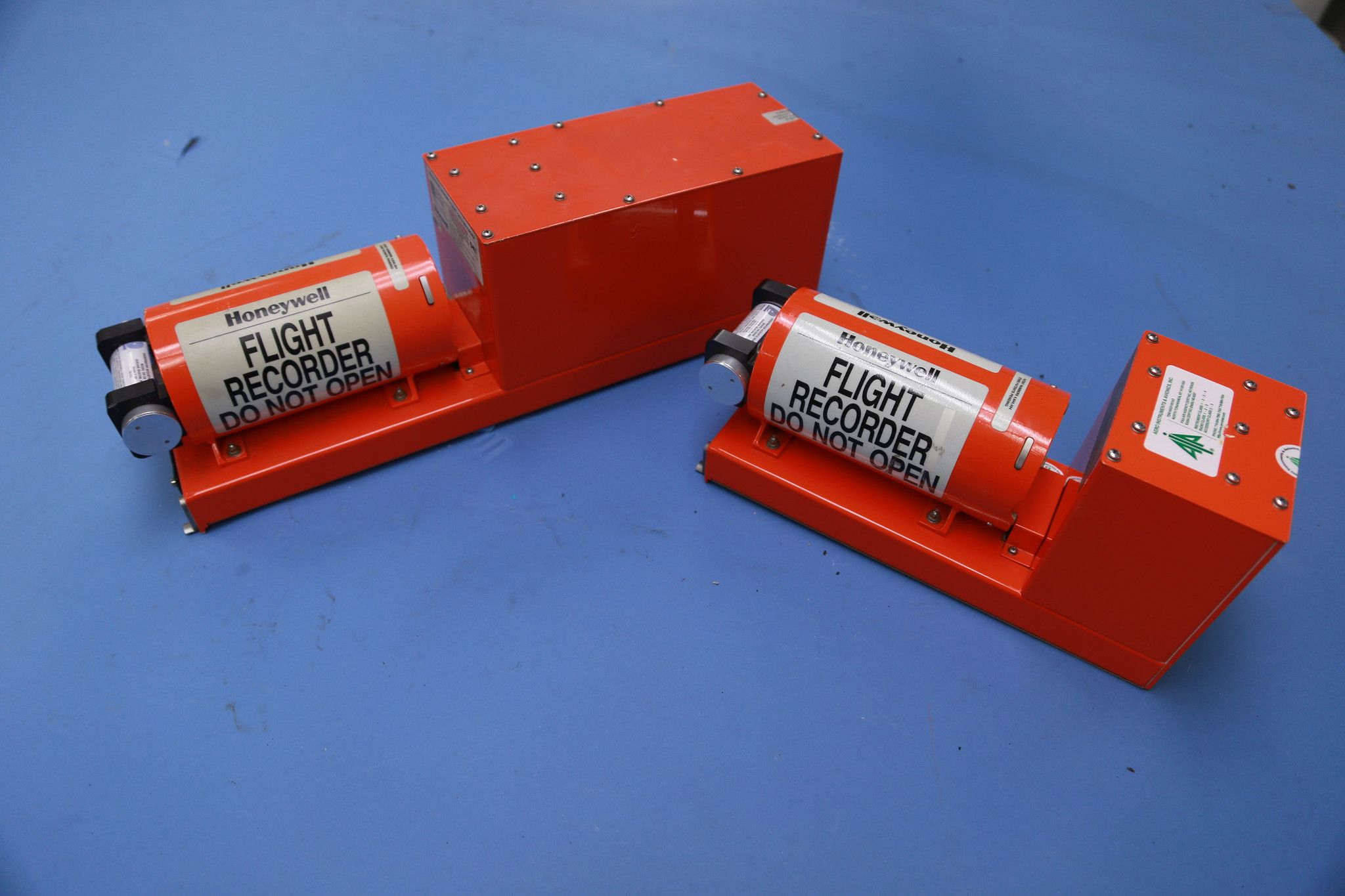From customer boarding to airline security, cloud technology has contributed to numerous revolutions across the commercial aviation spectrum. However, despite being an area that is central to the safety of passengers and crew, black box flight recorders are still heavily reliant on manual data storage. This factor begs the question of why this information isn’t live-streamed.
Careful approach
The term black box is used to name two separate pieces of equipment - a cockpit voice recorder (CVR) and a flight data recorder (FDR). Flight recorders monitor at least 88 operational parameters. Only 29 were required in the US until a 2002 change. In practice, control settings, engine information, timings, and flight deck sounds are all aspects being recorded.
Recorders store up to 25 hours of data in a constant loop. This information could be transmitted to the cloud, but Science Focus notes that there is no certainty that this would always pan out, especially during the crucial moments of a tragedy. The publication adds that transmissions are also at the hands of electrical storm interference or jamming. Fraud can also play a factor. Therefore, the option to keep them "self-contained, fireproof, shockproof, and waterproof" with their own internal battery could be the best option to keep the box's data intact even if the aircraft is in pieces.
Get the latest aviation news straight to your inbox: Sign up for our newsletters today.
Becoming outdated
Nonetheless, looking deeper into the industry’s conditions, there is plenty of room for advancement in the modern age. Black boxes have been on aircraft since the late 1950s. Now, every commercial unit has a pair of them on board. Yet, unlike other flight operation technological elements, the black box information storage system falls behind.
While large portions of the aviation industry have transitioned well into the digital era, strong inflight internet is still a rarity across the globe. If black box recorders were linked with cloud storage processes, an unfathomable amount of data would need to be transmitted via an inconsistent WiFi service that is yet to reach its fruition. The process can be expensive and potentially unreliable if great care is not taken.
Regardless, the cloud transmission could perhaps be launched by certain triggers, offering a backup to the physical storage. This path wouldn't be as costly as recording the whole flight and relying totally on the cloud files.
There are, however, additional industry factors to consider. For instance, new commercial aircraft are designed for longevity, meaning that technological changes can be costly and tedious to action. It is also expensive to retrofit fleets. Across the board, there is existing pushback from crew members from having their voices recorded on cloud systems amid privacy concerns.
We'd love to see you on Instagram - follow us here!
Industry efforts
Despite the challenges of live-streaming black box data, major players are implementing cloud solutions in this space. For instance, satellite telecommunications powerhouse Inmarsat has already had its black box cloud offering selected by the likes of Airbus.
Inmarsat shares the following about its SB-S (SwiftBroadband-Safety) product:
“The trouble with black boxes is that they’re physically attached to the aircraft – so if a plane is lost, you have no access to the data. SB-S will put an end to this problem with its Black Box In The Cloud solution. SB-S can stream vital information at all times,
"Typically an aircraft reports its position every 15 minutes, but should the plane behave abnormally, such as veer off course or ascend or descend too rapidly, the system automatically switches to real-time reporting and, if necessary, all the critical data from the black box is instantly streamed to the ground.”
Black boxes were grabbing the headlines following the disappearance of Flight MH370 in March 2014. The Boeing 777's fuselage and flight recorder have not been recovered since. Only some debris has been recovered since.
Last year's crash of China Eastern Airlines Flight 5735 was another incident that left authorities and service personnel scrambling. With early reports hinting at an intentional nose dive, the crash gave way to another push for an overhaul of recording systems.
Flight recorders were also at the center of attention following the crash of a Russian Legacy 600 in August this year. The plane had the head of Wagner Group, Yevgeny Prigozhin, on board. This individual had all eyes on him during the months leading up to the fatal crash. Thus, the black box would help uncover the cause of the accident that killed him and nine others.
Amid overhauls in flight safety systems across the board in recent years, aviation stakeholders are investing heavily in modern tech. Thus, we can expect notable changes in this field by the time this decade is over. However, there may be plenty of bureaucracy along the way, with manufacturers, airlines, and aviation authorities all having to agree on how the new systems are implemented.
What are your thoughts about the storing of black box data? What do you make of the current processes involved, and would you like to see a change? Let us know what you think of the system and its prospects in the comment section.
Sources: Science Focus; Seeking Alpha; Inmarsat


